Register your service
Blog
Contact us
About us

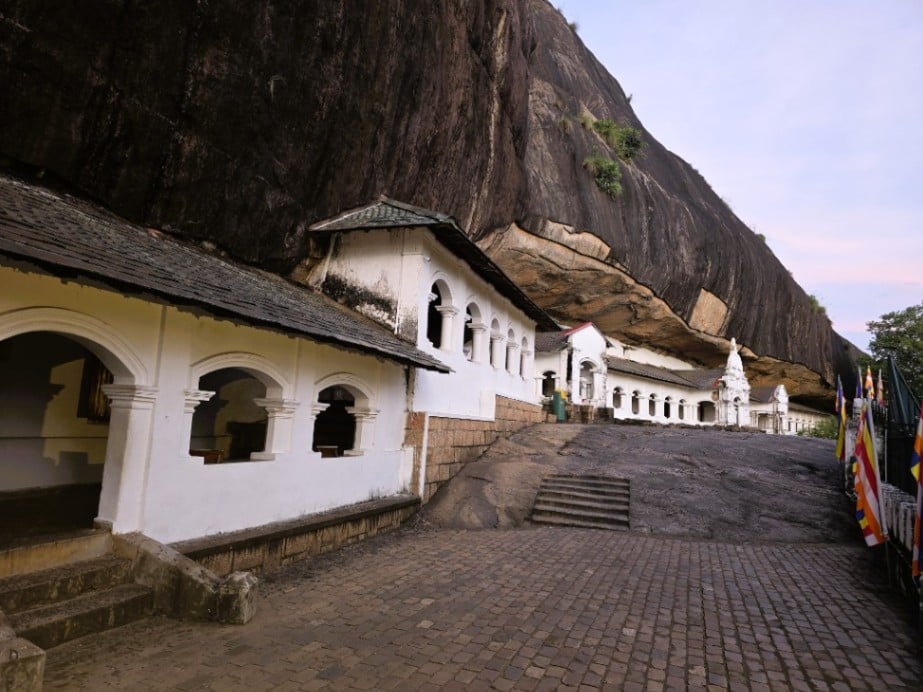
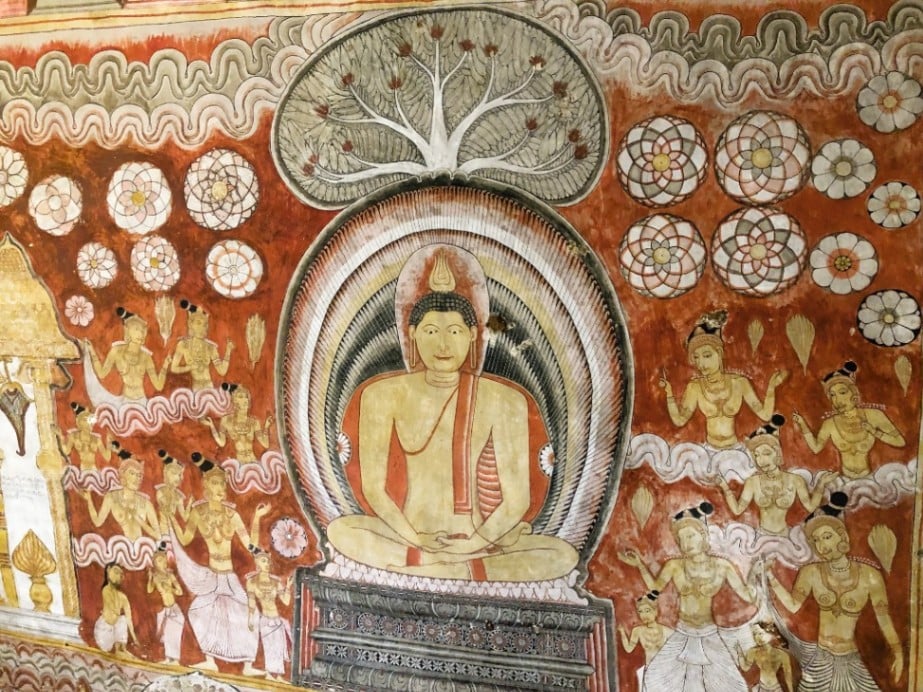
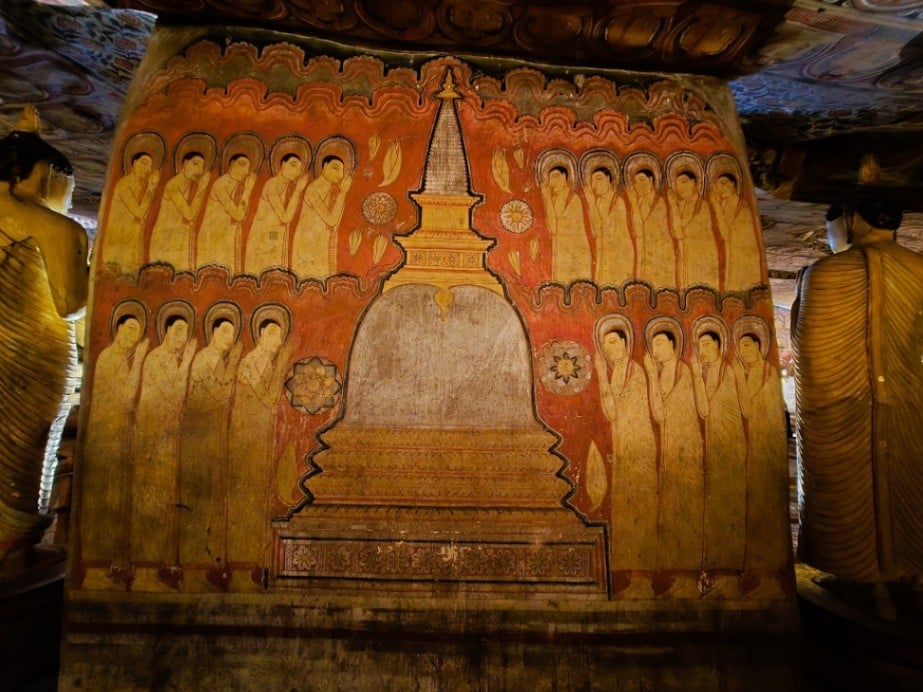

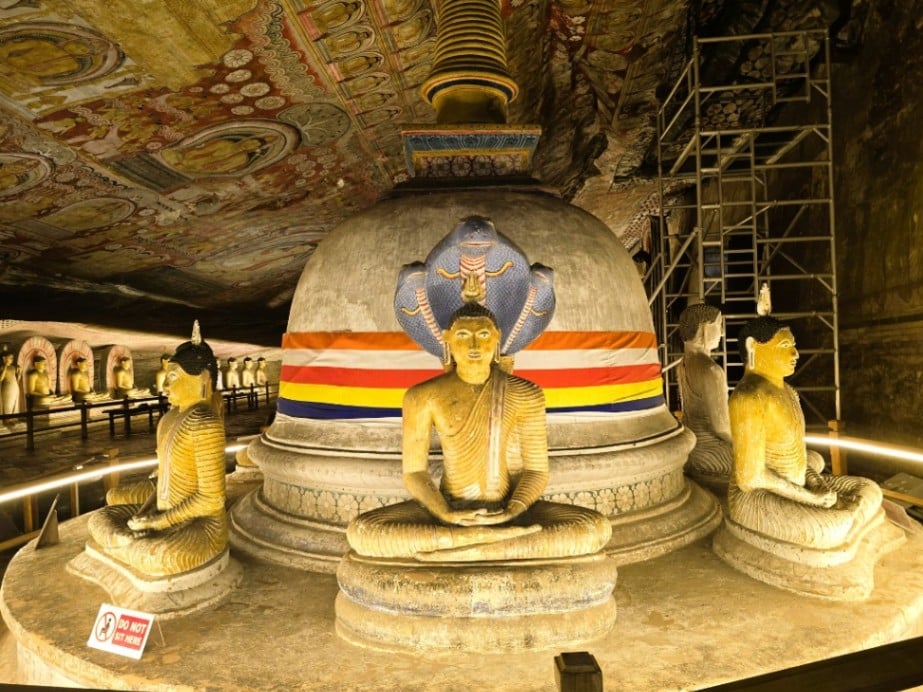

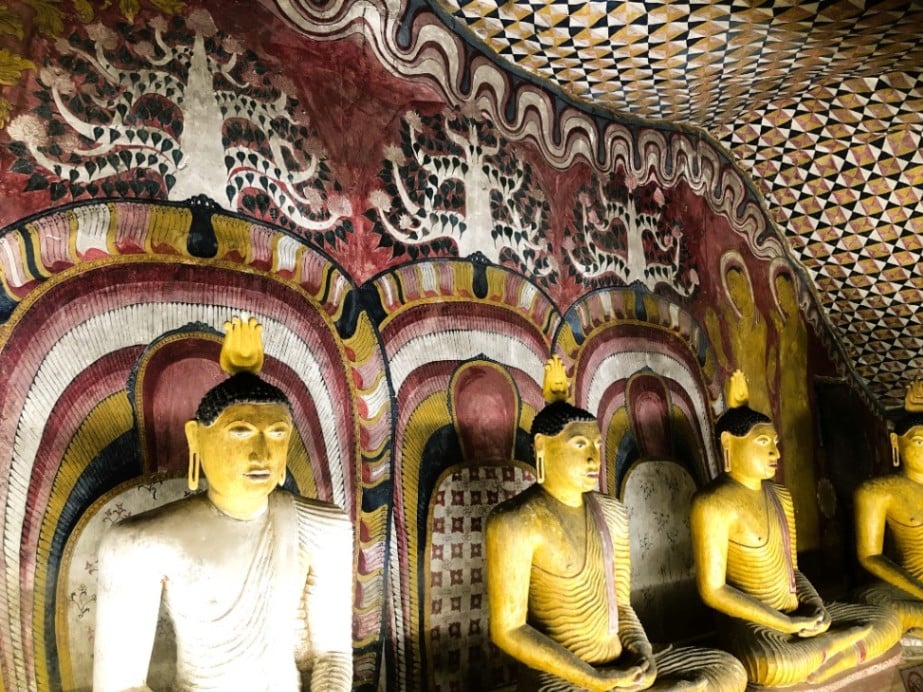
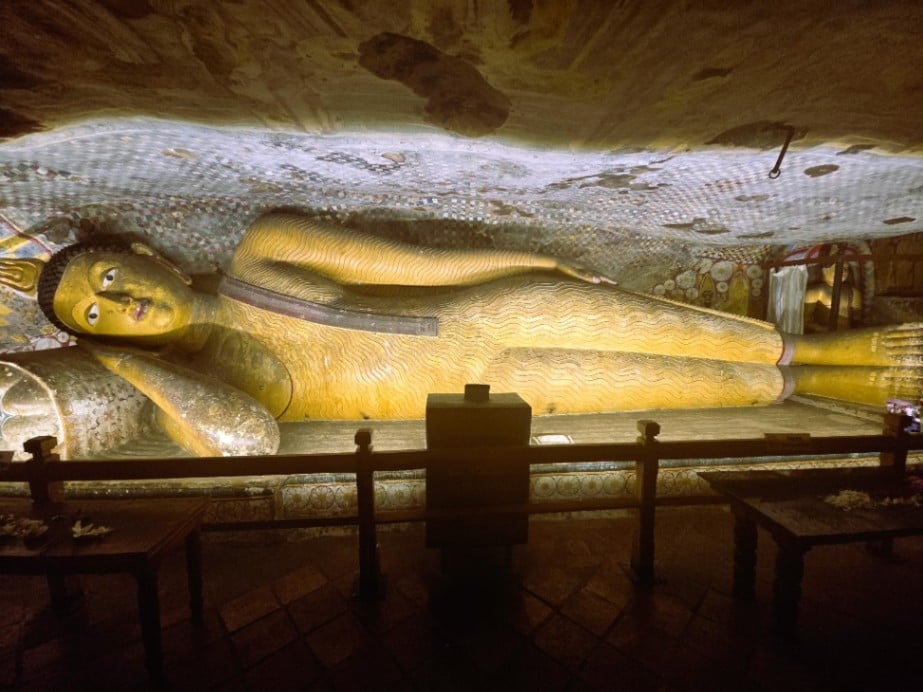
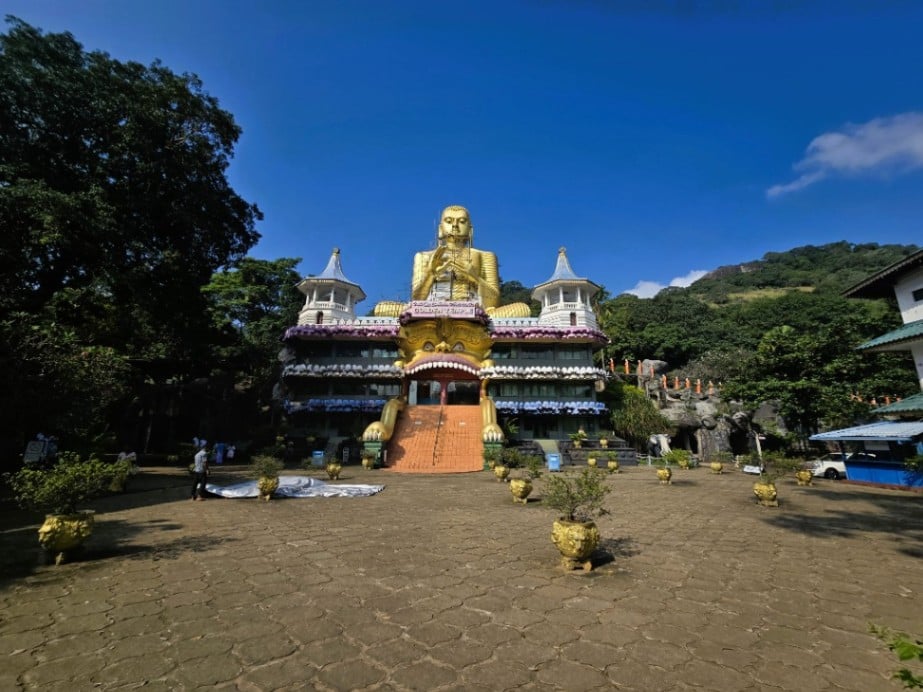
Before you begin your unforgettable journey to Dambulla, a sacred city nestled in Sri Lanka’s Cultural Triangle, here are some practical tips to help you make the most of your visit:
Dambulla is centrally located and well connected by road from Colombo, Kandy, or Anuradhapura. You can get there by car, bus, or private taxi. The route from Kandy takes about 2.5 hours by road. Use this Google Maps link for directions.
Main Attractions:
Tickets:
Entrance tickets for the Dambulla Cave Temple can be purchased at the site. Local and foreign visitor rates apply.
Spend at least half a day to a full day exploring the cave temples and nearby sites. Early morning or late afternoon is best for cooler weather and fewer crowds.
Navigate Dambulla easily using the Travelyonka app or website, where you’ll find:
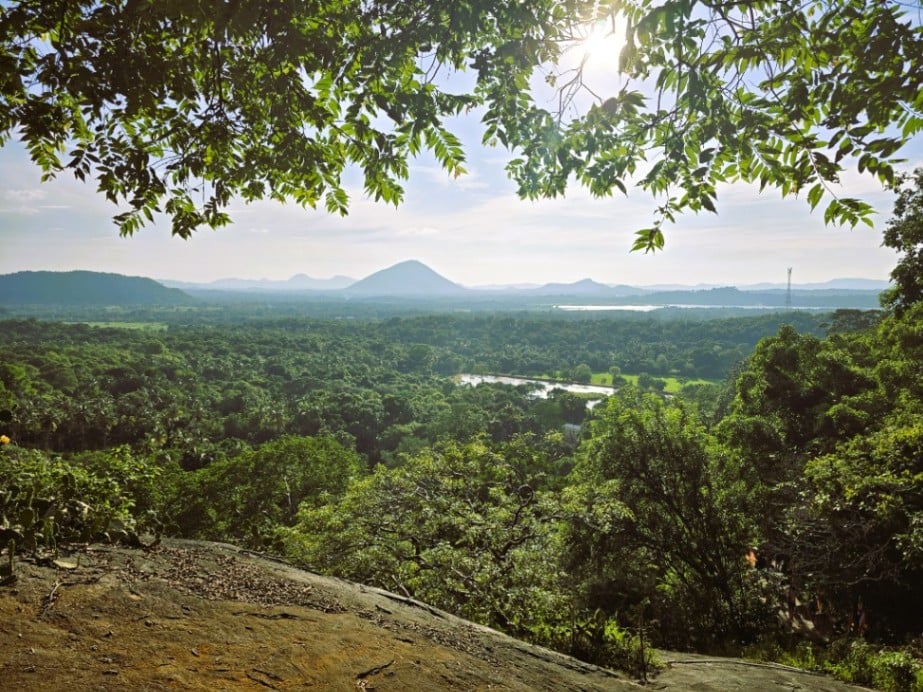
What to Wear:
Carry Water and Snacks:
Photography Tips:
Download the Travelyonka app or visit our website to uncover hidden legends, audio guides, and local stories that bring the history of Dambulla Cave Temples to life.
Let Dambulla inspire you one statue, one step, and one sacred silence at a time.
Developed by
